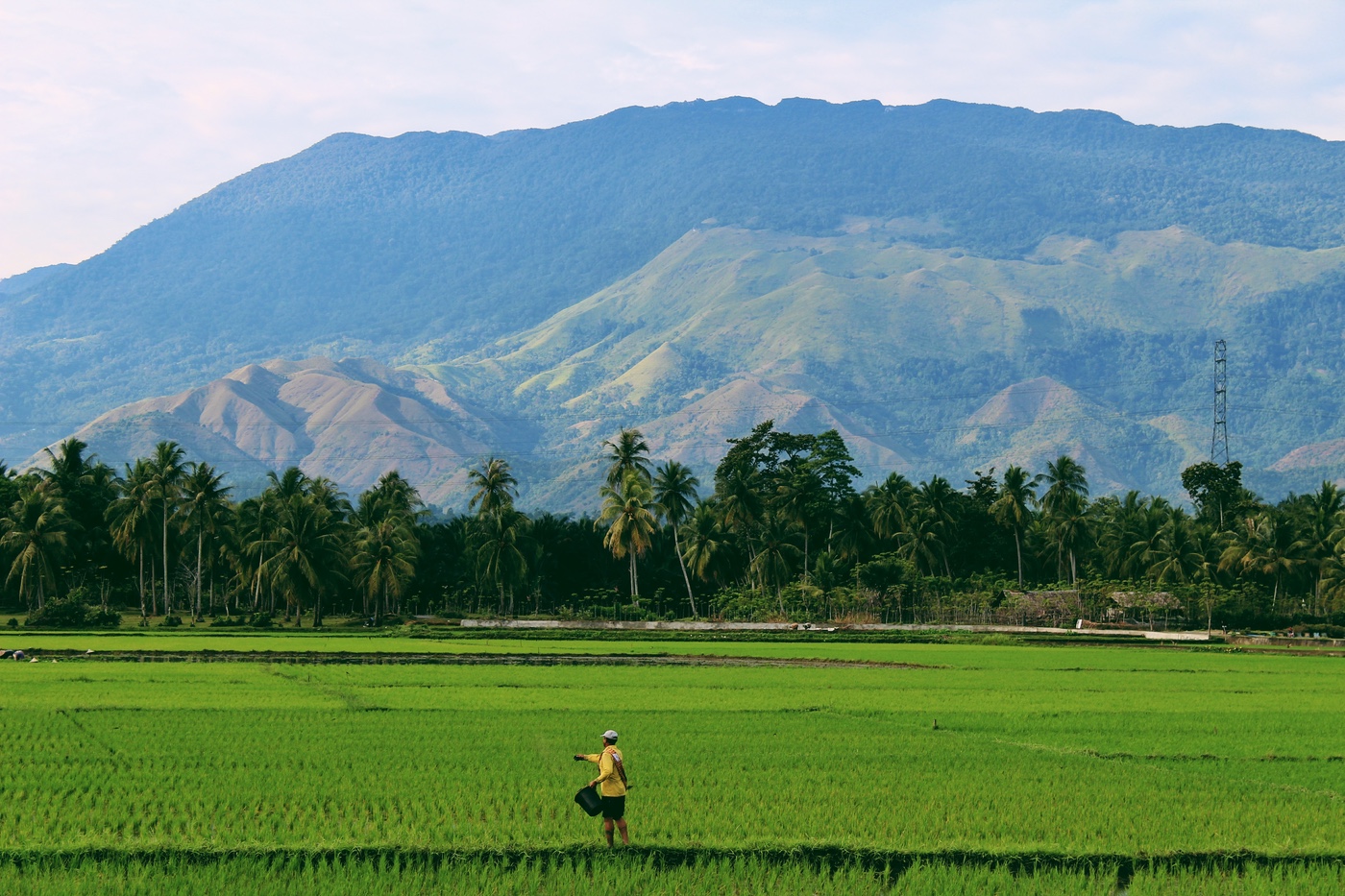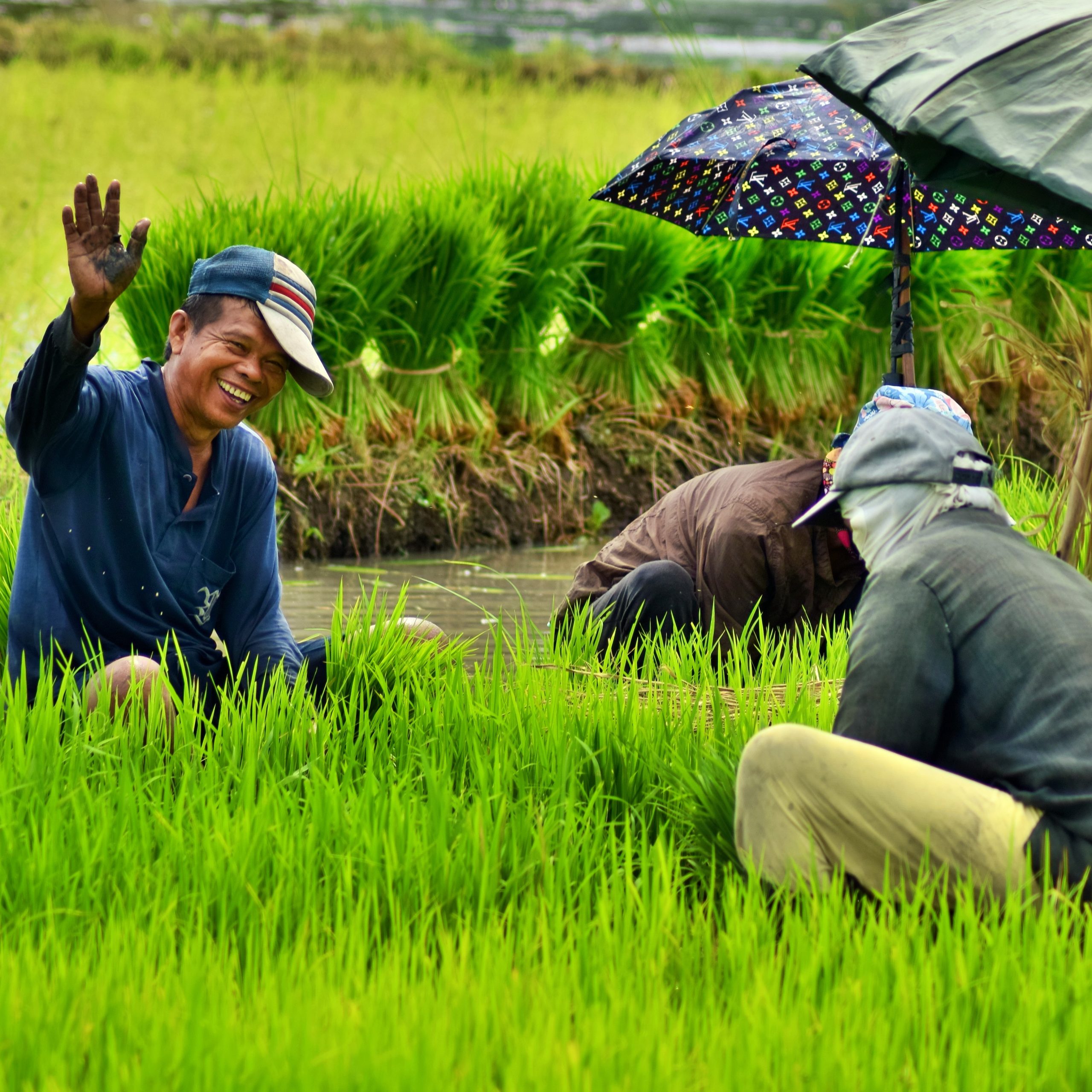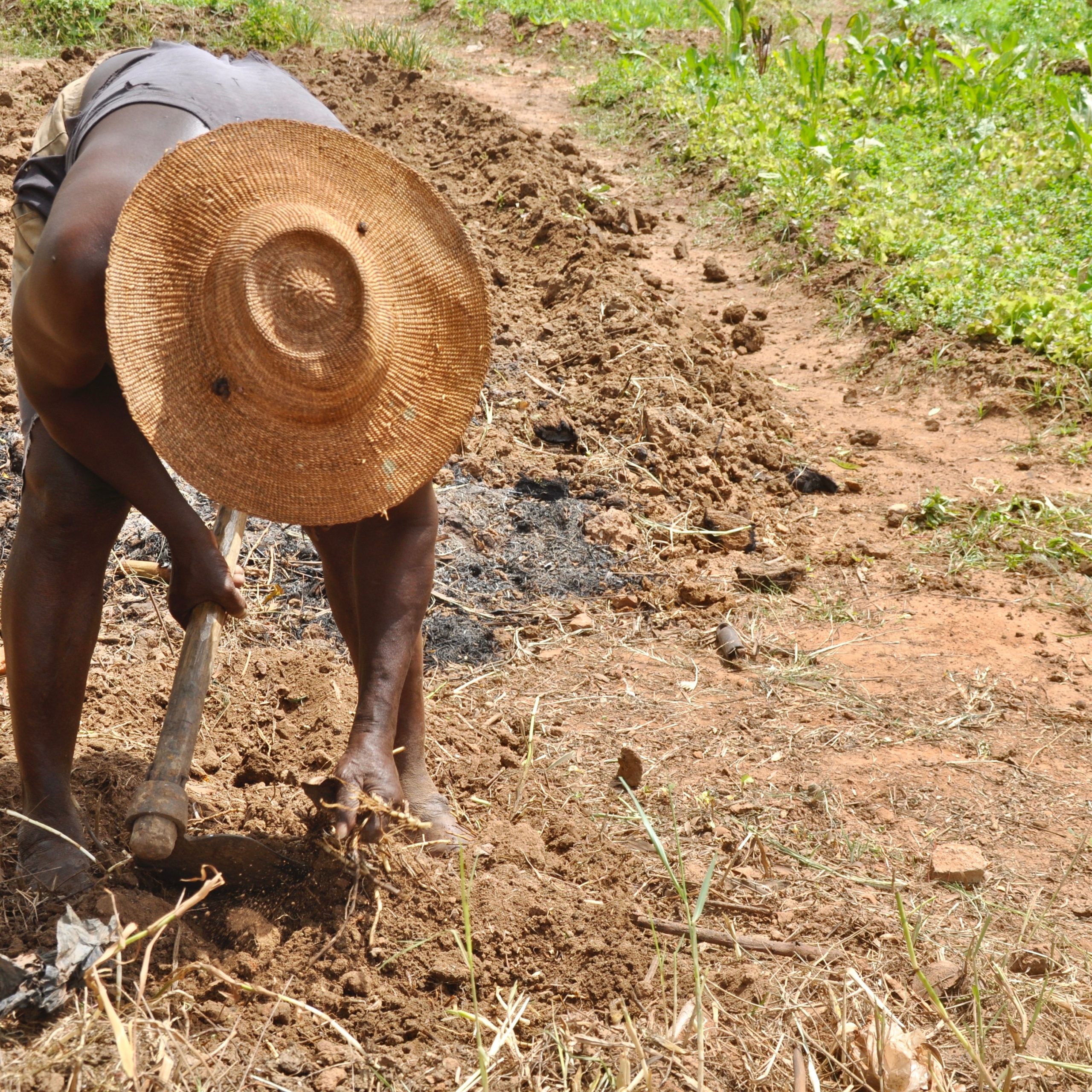Indonesia faces record-high rice prices as El Niño intensifies

In the dark early hours, Indonesian citizens, like Sutinah, a housewife from East Java, queue at local police stations, not for security, but for rice. This scene encapsulates the dire situation in Indonesia, where El Niño-induced dry weather has significantly reduced rice production, leading to unprecedented price hikes and a scramble for affordable alternatives. Sutinah’s journey to secure two 5 kg bags of rice at a government-subsidized price, avoiding the steep costs in markets, reflects the desperation many Indonesians face as they grapple with the implications of climate change on their staple food.
Historically self-sufficient in rice during the 1980s, Indonesia has seen its agricultural landscape transform dramatically due to urban expansion to accommodate its booming population, now exceeding 270 million. Despite these changes, rice remains the cornerstone of Indonesian diets, providing over half of the daily caloric intake for most families. The nation’s per capita rice consumption starkly illustrates this dependency, standing at approximately 95 kg annually, significantly higher than other staples such as corn or cassava.
The critical role of rice in Indonesian society is not new. High food inflation, driven in part by rising rice prices, was a contributing factor to the downfall of President Suharto in 1998. Last year’s El Niño weather pattern exacerbated the situation, causing an 18% decrease in rice production due to a prolonged dry season, with expectations of further declines as the country enters another dry period. The implications of these production shortfalls are profound, affecting not just the affordability of rice but also posing risks of increased food insecurity and social unrest among the nation’s poorer segments and smallholder farmers.
To mitigate the crisis, the Indonesian government, under President Joko Widodo, has initiated several interventions, including military assistance in planting, subsidized fertilizer distribution, and direct sales of discounted rice. Efforts are also underway to diversify the sources of carbohydrates and distribute drought-resistant rice seeds among farmers to bolster resilience against future climatic adversities.
However, the challenges extend beyond immediate relief measures. Jongsoo Shin, from the International Rice Research Institute (IRRI), highlights the broader implications of rising rice prices and reduced availability on food security and social stability. The potential for increased reliance on rice imports raises concerns about vulnerability to international market fluctuations and supply chain disruptions, further straining the government’s budget and undermining the agricultural sector’s viability.
Looking forward, technology and innovation present viable pathways to address the multifaceted challenges posed by climate change and food security. The use of drones, sensors, and digital platforms offers promise in improving crop monitoring, soil moisture assessment, and information sharing among farmers. Additionally, investments in irrigation infrastructure, early warning systems, and training in drought-resistant agricultural practices are critical for enhancing resilience and ensuring sustainable food systems in Indonesia.
As Indonesia confronts the reality of climate change and its impact on food security, the story of its struggle with rice prices serves as a stark reminder of the need for comprehensive and forward-thinking solutions to safeguard the dietary staples that millions depend on.



